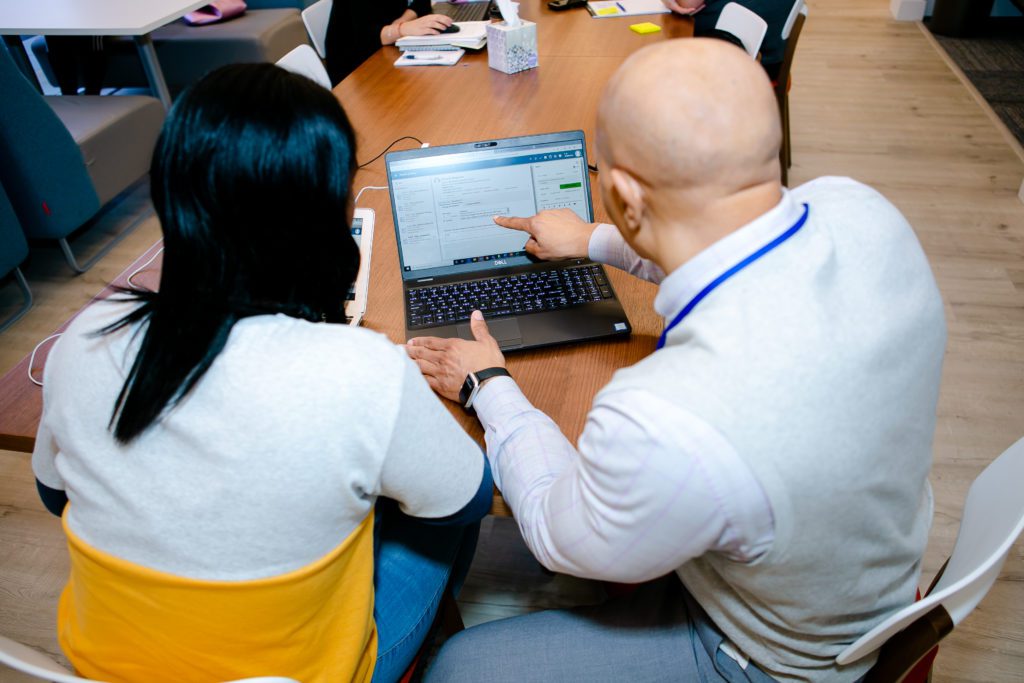Best Practices for Fighting Screen Fatigue for Students


Between phones, computers and other devices, some people are affected by eye strain, also known as screen fatigue. It is crucial for you, as a student, to counteract the effects of screen fatigue to continue to be as successful as possible in your academic pursuits.
Here are a few recommendations to help.
Work in a Well-Lit Room
The lighting in your room shouldn’t differ too much from the light coming from your screen. Too much contrast can cause eye strain as your eyes try and focus. By making sure you are working in a well-lit room, you will even out the lighting in your workspace and reduce eye strain.
Adjust Your Computer Display Setting
Several screen settings can be adjusted to help with eye strain; these include the brightness, text size and contrast and color temperature. Your brightness should be adjusted to the same brightness as the lighting in your workspace. Your text size and contrast should be adjusted to your comfort. Reducing your display’s color temperature will lower the amount of blue light emitted from your screen.
If you are a macOS or Windows 10 user, you can use the night-time filters option included in the operating system.
Invest in Blue Light Glasses
While adjusting your computer settings will do a lot for lowering the amount of blue light emitted from your screen, you can protect your eyes further by investing in a pair of blue-light-blocking glasses. These glasses are built specifically to limit the amount of blue light your eyes must deal with throughout the day. You can purchase lenses with blue light blocking technology if you wear prescription glasses.
Use the 20-20-20 Rule
Eye specialist Dr. Jeffrey Anshel developed the 20-20-20 Rule to help prevent eye strain. The Rule suggests taking a 20-minute break every 20 minutes by looking at something 20 feet away.
Just Blink
Blinking lubricates your eyes. The average blinking rate is 12 to 15 times per minute, but this can be drastically reduced when staring at a screen for long periods. Artificial tear eye drops can also be used if your eyes still feel dry.
Perform Eye Exercises
Like any other muscle in our body, our eyes can become stiff and strained. When your eyes need a break, it’s important to “stretch” the as you would the rest of your body. Start by looking left and hold for a few seconds, then do the same by looking to the right, up and then down. Repeat these exercises several times. Make sure you close your eyes in between each set so that your eyes have a chance to relax.
Take Frequent Breaks
It’s easy to get caught up in your work; before you know it, you have been sitting in front of the computer for most of the day. It is essential to ensure this doesn’t happen by taking frequent breaks throughout the day. This doesn’t mean taking a break from schoolwork so that you can scroll through social media or play a video game – each of these breaks should be tech-free. Instead, take a walk outside, read a book or meditate.
Set a Stop Time and Stick to It
As a student, you spend a lot of time in front of a screen and we know you work hard to complete your studies, so set a stop time and when the day is done, be done. Shut down your computer and spend time with your family or doing something that brings you joy.
Check out pictures from our six campuses here to see how students and staff offset their time in front of a computer and follow a few of these tips.